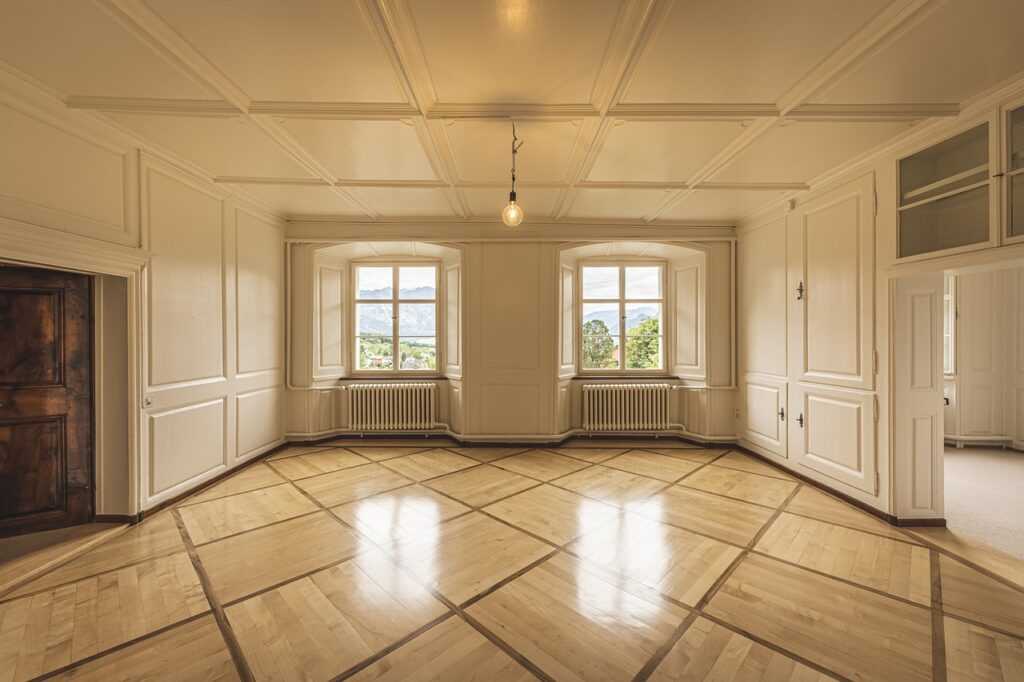In today’s dynamic real estate landscape, the choice between urban and suburban living has become a focal point for many prospective homeowners. As a seasoned real estate blogger, I’ve witnessed firsthand the evolving preferences and trends shaping the housing market.
The dichotomy between the hustle and bustle of city life and the tranquility of suburban neighborhoods has sparked a significant shift in buyer preferences. From the vibrant energy of city centers to the spacious tranquility of suburban communities, the decision to choose between urban and suburban living is not merely about a physical location but a lifestyle choice.
As I delve deeper into the nuances of this ongoing urban-suburban debate, it’s clear that factors such as affordability, amenities, and commuting convenience play a pivotal role in shaping individuals’ housing decisions.
Join me as I explore the intricacies of urban versus suburban living, unraveling the driving forces behind this shifting paradigm in the realm of real estate.
Evolution of Urban and Suburban Living
Exploring the evolution of urban and suburban living reveals a dynamic shift in residential preferences. I’ve observed a notable trend among potential homebuyers, with factors like affordability, amenities, and commute influencing their choices.
This shift goes beyond mere location preferences; it reflects a desire for a holistic living experience tailored to individual needs and aspirations. Urban and suburban areas are adapting to meet these changing demands, shaping the real estate landscape in response to evolving lifestyle trends.
Pros and Cons of Urban Living
Living in urban areas offers a myriad of advantages and drawbacks. Let’s delve into the specific aspects that make urban living unique.
Accessibility and Amenities
Urban living offers unparalleled access to amenities, with grocery stores, entertainment venues, cultural attractions, and dining options often just a short walk or commute away. The convenience of public transportation and the vibrant atmosphere of city life can significantly improve daily living experiences.
However, this convenience comes with challenges, such as constant noise, traffic congestion, and crowded spaces, which can be overwhelming for some. Additionally, the higher cost of living in urban areas compared to suburban settings is an important consideration for those choosing to live in the city.
Cost of Living
One of the main drawbacks of urban living is the high cost of housing, rental rates, and overall living expenses, which are typically much higher than in suburban areas. While the proximity to amenities and job opportunities may justify these costs for some, others may find it financially challenging.
On the positive side, urban areas often offer higher salary potential due to the concentration of industries and businesses. This can help offset the higher living costs, making urban living an attractive option for those seeking career advancement and professional growth. Ultimately, it’s important to carefully weigh the benefits and challenges of urban living to determine if it aligns with your priorities and lifestyle preferences.
Pros and Cons of Suburban Living
Suburban living offers a unique blend of advantages and disadvantages that cater to varying preferences and lifestyles. Let’s delve into the specifics to understand the dynamics of suburban life.
Space and Quietness
Suburban areas are renowned for their spacious neighborhoods, offering larger homes and yards compared to urban counterparts. The peaceful ambiance of suburbs allows for a serene living environment, ideal for families or individuals seeking tranquility.
Moreover, the lower population density in suburbs contributes to reduced noise levels, fostering a sense of calmness and privacy unparalleled in urban settings.
Commute and Transportation
One of the primary appeals of suburban living is the ease of commute and transportation options. With less traffic congestion and well-connected road networks, residents often experience shorter commute times to work or other destinations.
Additionally, suburbs are known for ample parking spaces, making car ownership convenient and hassle-free. However, access to public transportation may be limited in some suburban areas, requiring residents to rely more on personal vehicles for mobility.
Factors Influencing Shifting Preferences
Exploring the dynamics of urban versus suburban living reveals several critical factors influencing shifting preferences in the real estate market.
- Affordability: Urban areas often come with a higher cost of living, including expensive housing prices and increased expenses for daily necessities. On the other hand, suburban regions generally offer more affordable housing options, making them attractive to budget-conscious buyers.
- Amenities and Services: Urban living provides easy access to a wide range of amenities such as restaurants, entertainment venues, and cultural attractions. Suburban areas, while more serene, may lack the diversity and proximity of amenities found in urban centers, requiring residents to travel greater distances for certain services.
- Commuting Convenience: The ease of commuting plays a significant role in shaping preferences. Urban dwellers benefit from shorter commutes to work, entertainment, and essential services due to dense infrastructures and public transportation options. Suburban residents, while enjoying less traffic congestion, may face longer commute times if they work in urban areas with limited public transportation.
- Space and Neighborhood Characteristics: Suburban living is often characterized by more spacious neighborhoods, larger homes, and a sense of community. Families or individuals seeking a quieter environment with room to spread out may prefer suburban areas over the hustle and bustle of urban living, where space is limited and homes are typically smaller.
- Lifestyle and Personal Priorities: Individual lifestyle preferences ultimately drive the decision between urban and suburban living. Some may prioritize access to cultural events and career opportunities found in urban centers, while others value peace, privacy, and a family-friendly environment offered by suburban neighborhoods. Understanding personal priorities is crucial in determining the ideal living environment that aligns with one’s values and goals.
- Environmental Factors: Environmental considerations, such as air quality, green spaces, and sustainability initiatives, are increasingly influencing real estate choices. Urban areas are focusing on eco-friendly practices and green spaces to combat pollution, while suburbs offer more nature-oriented living options with parks, trails, and cleaner air quality.
By analyzing these key factors, individuals can make informed decisions that align with their preferences, lifestyle goals, and financial considerations in the evolving urban-suburban real estate landscape.
Real Estate Trends in Urban and Suburban Areas
Exploring the current real estate landscape reveals evolving trends in urban and suburban living preferences, influenced by factors like affordability, amenities, and commuting convenience. As a seasoned real estate blogger, I’ve observed a shift in buyer inclinations, with both urban and suburban areas adapting to meet contemporary lifestyle aspirations, reshaping the real estate sector.
Urban living offers unmatched accessibility to amenities and cultural attractions, enhancing daily experiences but comes with challenges like noise, traffic congestion, and higher living costs. In contrast, suburban areas provide more space, quieter environments, and affordable housing, appealing to those seeking peace and privacy. However, longer commute times and reliance on personal transportation in some suburban regions remain key considerations for prospective buyers.



